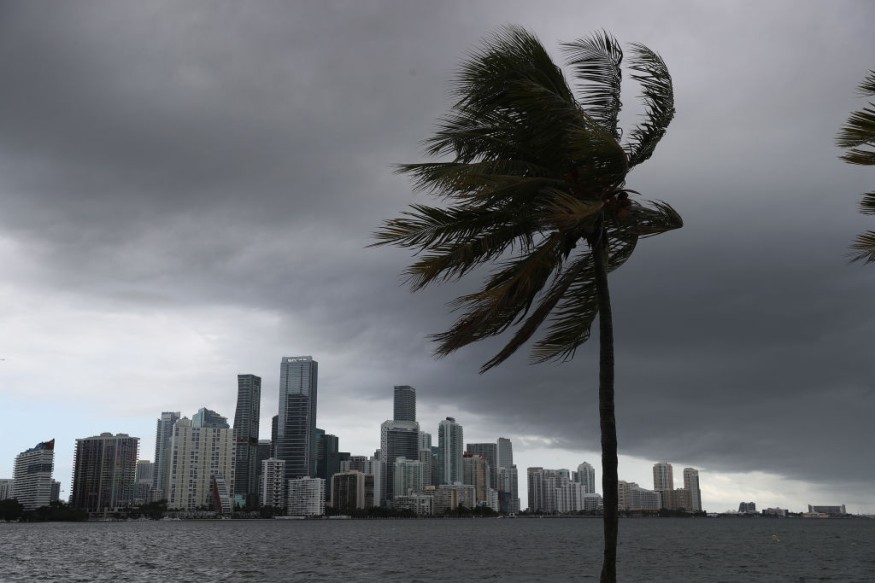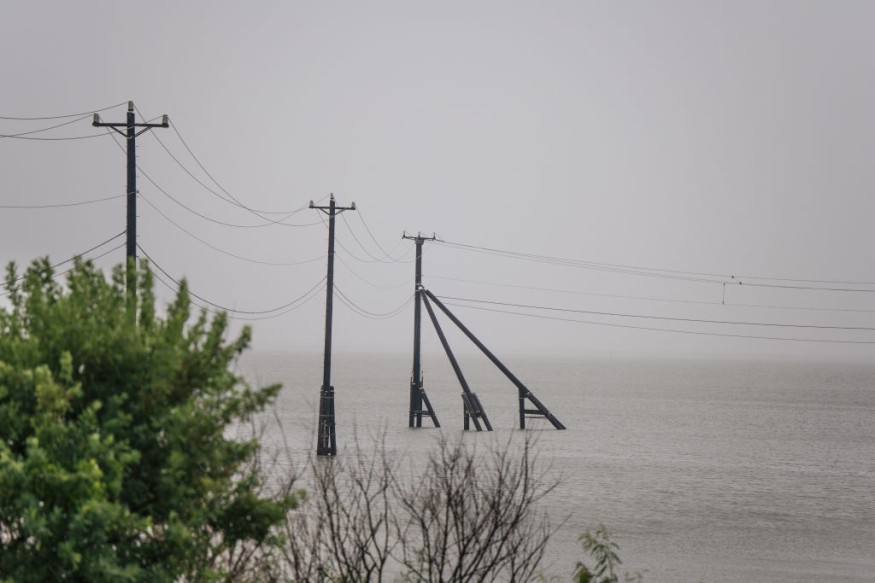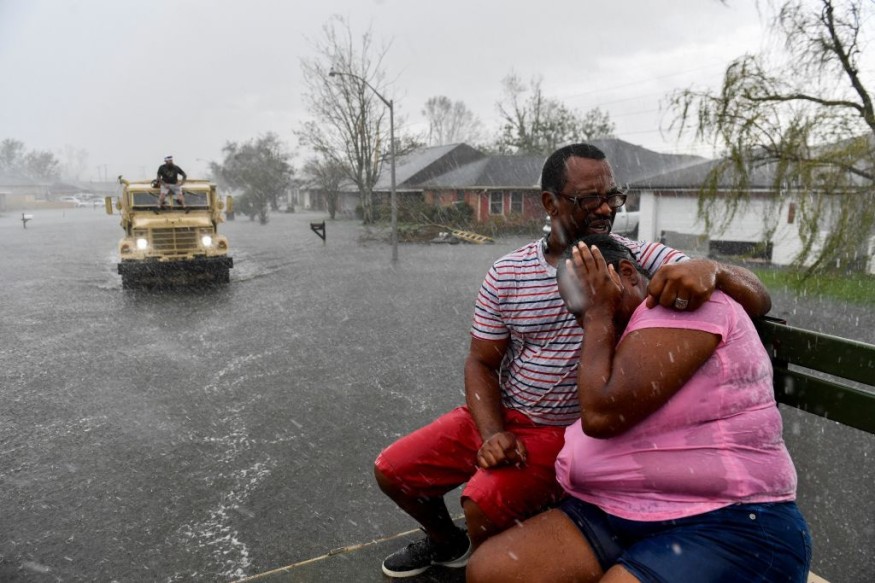After becoming the 18th named storm of the 2021 hurricane season on Thursday morning, Hurricane Sam formed over the open waters of the eastern Atlantic on Friday morning.
Sam is expected to grow further into a major hurricane before making landfall on the northern Caribbean islands next week, according to forecasts.

As of Friday, Sam was positioned 1,365 miles east-southeast of the northern Leeward Islands, with winds of 75 mph and heading west at 14 mph.
Senior Meteorologist Rob Miller stated, "Intensification is likely into the weekend."
Strengthening Over the Weekend
Through this weekend, the strengthening system is forecast to move west to west-northwest through the middle Atlantic. Beyond there, forecasts say there's a wide range of possibilities for where Sam may track throughout the basin, but they encourage stakeholders from Bermuda to the Bahamas, the East Coast of the United States, and Atlantic Canada to keep an eye on the system.
"Sam may hit the northern Leeward Islands as a major hurricane by Tuesday next week," Miller added, implying that the storm's maximum sustained winds would be at least 111 mph, the Category 3 hurricane threshold.
Over the weekend swells spreading outward from the storm's core will cause rough surf around the Leeward and Windward islands' eastern coastlines.
As a result, Sam is expected to cause severe seas for ships traversing the open Atlantic, and forecasters are asking everyone involved in marine operations to keep an eye on the situation since huge waves might pose a hazard even far from the storm's center.
Related Article : Meteorologists Predicts that the Atlantic Hurricane Season Will Inevitably Be More Aggressive
Weather in the Caribbean and Atlantic

Over the Caribbean and the central Atlantic, a strong wind zone remained in the middle layers of the atmosphere. Under some situations, this phenomenon called wind shear can prevent tropical storms from strengthening.
"Wind shear is predicted to lessen across the Atlantic zone where Sam is traveling this weekend, but this should not impede strengthening," said meteorologist Randy Adkins. However, if Sam manages to move that far to the west, the system may meet additional damaging wind shear between the Bahamas and Cuba next week.
"How Sam behaves over the next two to three days will determine, in part, whether Sam becomes a threat to the Leeward Islands and Puerto Rico," Adkins said.
"The quicker Sam strengthens in the next days, the farther north it is expected to track," Adkins noted.
Tropical System Trajectory
However, if the tropical system strengthens over the open ocean, it may be more susceptible to shifting northward due to the physical forces imparted by the Earth's rotation.
Going near the Caribbean's northern islands, the tropical system's path beyond it is less definite. However, as westerly winds develop near North America, one possibility allows the system to turn northward. In that event, it may pose a direct threat to Bermuda or possibly Atlantic Canada in early October.
The tropical system's path beyond it is less definite, traveling close to the Caribbean's northern islands. However, as westerly winds approaching North America increase, one possibility might allow the system to turn northward. In that event, it may pose a direct threat to Bermuda or Atlantic Canada in early October.
Now that Sam has been named, Teresa, Victor, and Wanda are the only names left on the list.
Atlantic Hurricane Season

Storms will be called using a supplemental list produced by the World Meteorological Organization after the list is exhausted, which is expected to happen this season. The first three names on the list are Adria, Braylen, and Caridad, which are being used for the first time since the Greek alphabet was abandoned earlier this year. Only two Atlantic hurricane seasons, the hyperactive 2020 and 2005 hurricane seasons, had utilized the Greek alphabet to identify storms.
Tropical depressions Peter and Rose, two more tropical systems, have dissipated over the Atlantic Ocean. On Wednesday night, Peter broke down north of Puerto Rico. Tropical Depression Rose has dissipated over the central Atlantic by Thursday morning.
In addition to Hurricane Sam in the eastern Atlantic, Odette, a storm that developed off the East Coast, can resurface over the open seas of the North Atlantic.
"Odette has a better than 50/50 probability of recovering tropical storm classification. However, it will most likely be subtropical in character because of the dry air that has penetrated this increasing circulation," Adkins added. Tropical and non-tropical features coexist in a subtropical storm. Even if it continues to grow, it will continue to wander in the North Atlantic, maybe looping around in the coming days.
With more than two months left in the hurricane season, it is far from done. This season, which officially ends Nov. 30, AccuWeather's tropical weather team expects up to 25 named storms.
For more climate and weather updates, don't forget to follow Nature World News!
© 2025 NatureWorldNews.com All rights reserved. Do not reproduce without permission.





